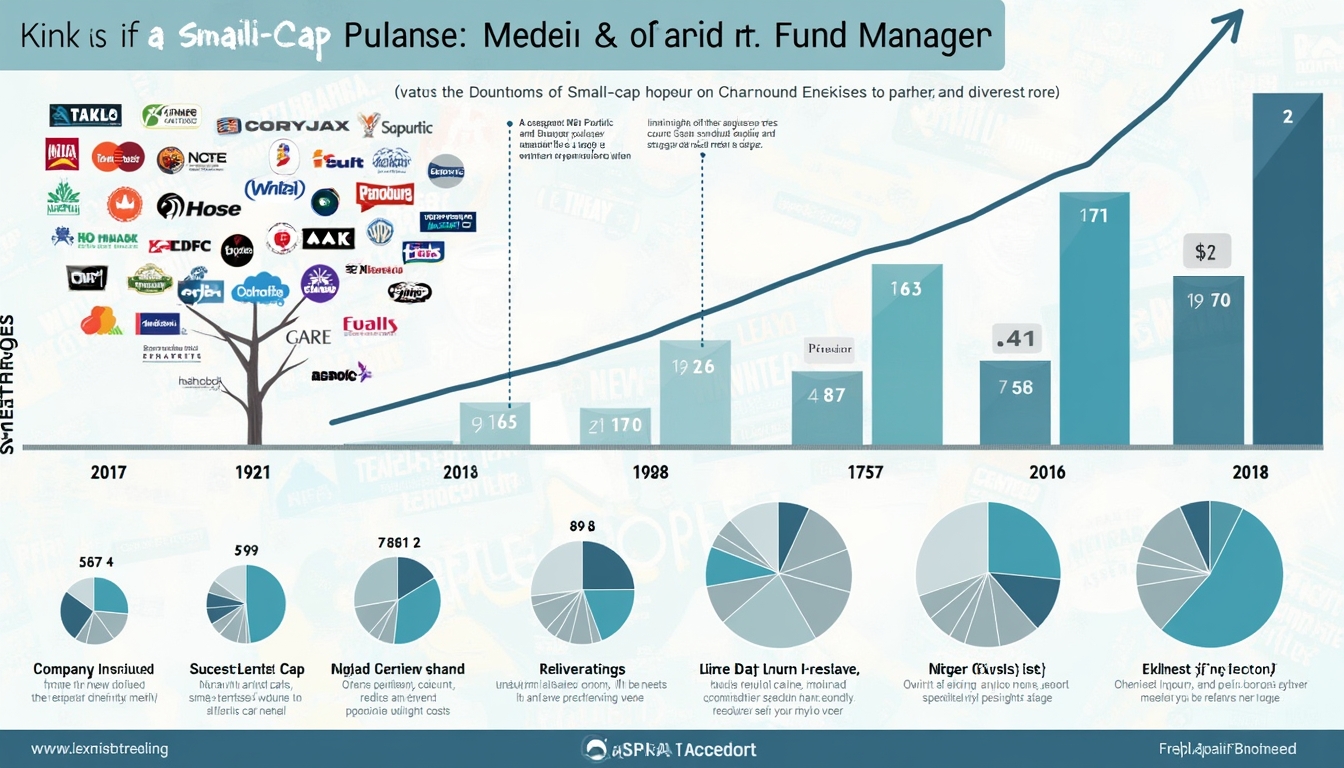The Art of Early-Stage Investing: Examining the Potential of Small Cap Companies
In the world of investments, small cap companies often remain overlooked, offering numerous opportunities for perceptive investors. These lesser-known entities, typically valued between $300 million and $2 billion, present an intriguing prospect for those willing to engage in early-stage investing.
The Appeal of Small Caps
Consider being one of the initial investors in Apple or Amazon when they were just starting. This potential for substantial growth makes small caps attractive. BlackRock, a leader in the investment world, observes that historically, these smaller companies have performed better than larger ones over time. However, recent years have seen larger companies taking center stage. This market pattern suggests a possible opportunity in the small cap sector.
The Changing Landscape
The small cap investment field has undergone significant changes. Once primarily the domain of individual investors and specialized funds, it's now garnering attention from professional fund managers. Despite this, the Russell 2000, a small-cap index, has recently underperformed compared to the large-cap-focused S&P 500. This difference creates a potential opportunity for investors to find undervalued companies.
Approaching Small Cap Investments
The Long-Term View
For small caps, patience is crucial. As The Motley Fool advises, these investments often require a long-term outlook. It's similar to growing a young tree; it takes time and attention before it reaches its full potential. This approach fits well with a diversification strategy, spreading risks while maximizing potential gains.
High Expectations
In small caps, having high expectations is common. We're considering the possibility of returns that could be substantial – 1,000%, 2,000%, or even more. This isn't just optimistic thinking; it's a real possibility when dealing with companies on the verge of significant success.
Key Concepts in Small Cap Investing
To navigate this exciting but challenging area, investors need to understand key concepts fundamental to small cap investing:
Market Capitalisation: The Measure
This term defines what makes a company 'small cap'. It's similar to categorizing vehicles – you have your compact cars (small caps), mid-size cars (mid-caps), and large SUVs (large caps).
Liquidity: Fluctuations
In the small cap world, liquidity can vary greatly. This variability can offer opportunities for significant gains but also risks of sudden declines.
Benchmarking: Reference Points
Comparing small caps to indices like the Russell 2000 is important. It provides a reference point to assess whether your investments are performing well.
Position-Sizing: Risk Management
This involves managing your investment amounts. It's about finding a balance between potential gains and acceptable risk.
Different Approaches to Small Cap Investing
Early-stage investors and professional fund managers approach small caps differently. While professionals often focus on liquidity and risk management, early-stage investors are more willing to take calculated risks for potentially higher returns.
Why Large Funds Often Overlook Small Companies
Professional fund managers often bypass early-stage companies for several reasons:
- Liquidity Issues: Small caps can be challenging in terms of liquidity, making them risky for large funds.
- Benchmark Challenges: Traditional performance measures don't always apply well to these unique investments.
- Size Requirements: Many institutional investors have minimum investment levels that small caps can't meet.
Advantages for Early Investors
This hesitation from larger investors creates a potential opportunity for agile, early-stage investors. It's similar to being the first to find a new resource – the potential returns can be significant.
However, with high potential comes high risk. Diversification is crucial. It's akin to not investing all your resources in a single venture.
Planning Your Investment Strategy
Successful early-stage investing in small caps is an ongoing process. It requires the ability to spot potential, manage risk, and maintain patience. For those willing to navigate the challenges, the rewards can be substantial.
Keep in mind that market conditions can change rapidly, so stay informed, maintain a diverse portfolio, and always look to the future. You might discover the next major success story while it's still in its early stages.
Unlock the Potential of Small Cap Investments
Ready to explore the world of small cap investing? Don't miss out on the next big opportunity. With Discovery Alert's AI-powered service, you'll receive real-time notifications about significant mineral discoveries on the ASX, simplifying complex data into actionable insights. Whether you're new to investing or a seasoned trader, start your 30-day free trial at Discovery Alert and gain the edge in small cap investments today.




